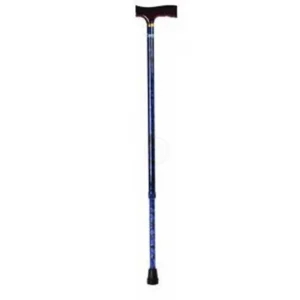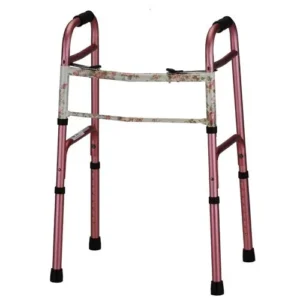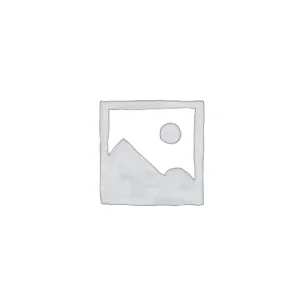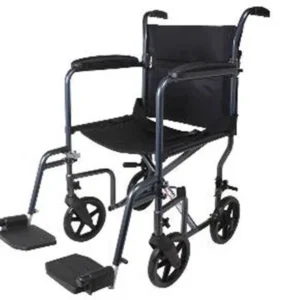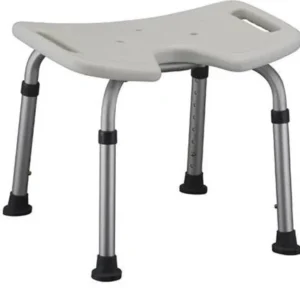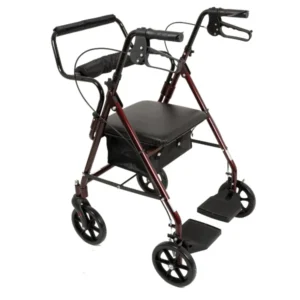How to Use Assistive Care Devices in the Home Properly
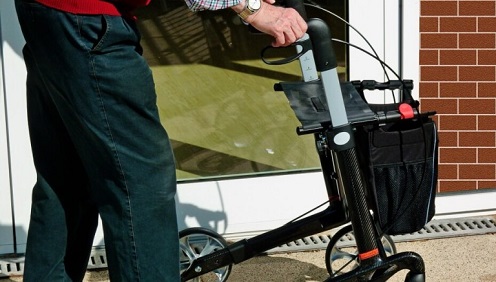
- December 28, 2023
Assistive care devices can help seniors deal with mobility issues and improve their quality of life. High-quality aids to provide assistive care can include wheelchairs, walking canes, hearing aids, adaptive switches, and specialized handles and grips. Using assistive devices in the home requires special care to prevent injuries and boost well-being.
How can you or a loved one use assistive care devices properly? In this article, you’ll find out some handy tips on the safe use of assistive devices
The Challenge of Using Assistive Care Devices at Home
It can be challenging for an older adult to get around the house using a walker, cane, or wheelchair. Most homes are not designed for using mobility aids. This means that doors can be too narrow, countertops too high, and sinks can be difficult to access.
According to the journal Population Health Management, medical devices can be challenging to use for someone with impaired mobility, hearing, eyesight, or cognition. Very often, someone who uses mobility aids for the first time is already dealing with tough circumstances. So, learning to use assistive devices can be confusing.
How to Use Assistive Care Devices Properly
Using assistive care devices safely is vital to protect health. Additionally, it is also necessary to ensure that the person has the right device, receives training, and that the device functions correctly. This way, the mobility aid will help rather than increase the risk of injury.
Here are five ways to ensure that anyone using an assistive care device does so correctly.
1. Use the right assistive care device
Using a suitable assistive device is essential. There are many types of walking aids, each with its own function. The right mobility aid should ensure that the user is stable on their feet. Also, it’s crucial to consider a person’s strength. For example, a cane is only for someone with no balance issues. An older adult who’s shaky on their feet may need a walker.
2. Give proper training
Even using a basic mobility device requires training on its proper use. Ideally, a qualified healthcare supervisor should provide training to the user and caregivers. In the first few days or weeks, it would be best that someone is on hand to provide extra assistance.
3. Make sure the device fits or is the proper size
Ensuring that the assistive device is the right size prevents muscle strain or accidents. Typically, the right fit takes into account weight, height, and balance. For example, elbows should be bent at 15 degrees when holding canes and walkers. Ill-fitting equipment can lead to repetitive strain injuries.
4. Maintain assistive equipment properly
Caregivers and practitioners should ensure that equipment is used correctly and well-maintained. For example, walking aids usually have rubber caps and hand grips to increase stability. Poor maintenance could lead to slips, falls, and avoidable injuries.
5. Make sure the assistive device fits in the home
Before bringing mobility equipment home, it’s crucial to ensure that it will fit. For example, if someone uses a wheelchair at home, the device should comfortably fit through doors. In some cases, it may be necessary to make modifications in the house to increase safety and allow the safe use of assistive care devices.

